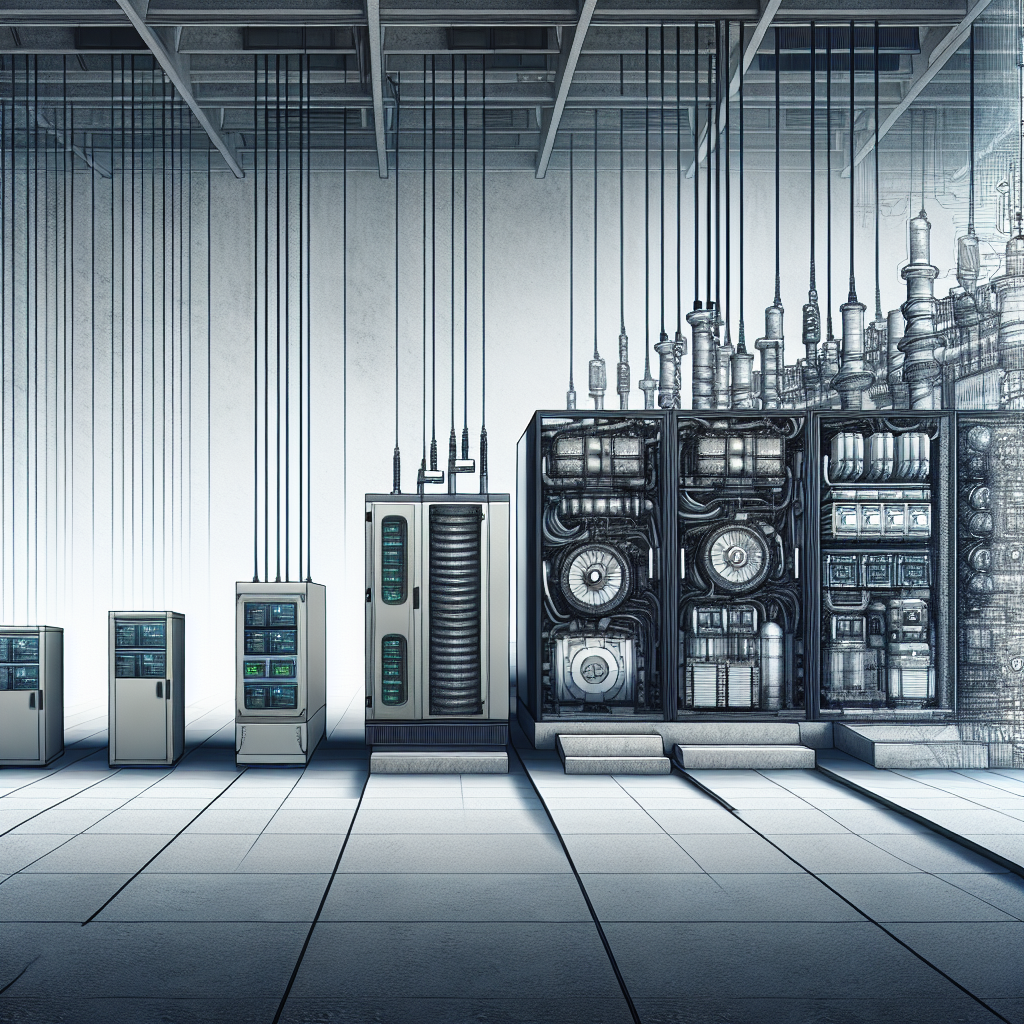Data centers are critical infrastructure that support the digital age we live in. From storing vast amounts of data to hosting websites and applications, data centers require a reliable source of power to ensure uninterrupted operations. Over the years, the power systems used in data centers have evolved to meet changing needs and advancements in technology. One key component of these power systems is the generator, which plays a crucial role in providing backup power in case of outages.
In the early days of data centers, generators were primarily used as a backup power source during emergencies. These generators were typically diesel-powered and designed to provide temporary power until the main utility supply could be restored. However, as data centers grew in size and complexity, the need for more reliable and efficient power systems became apparent.
With the rise of cloud computing and the increasing reliance on data centers for everyday tasks, the demand for continuous power supply has never been higher. This has led to significant advancements in generator technology, with a focus on efficiency, reliability, and scalability.
One of the key developments in generator technology is the shift towards natural gas-powered generators. Natural gas is a cleaner and more cost-effective fuel source compared to diesel, making it an attractive option for data centers looking to reduce their carbon footprint and operating costs. Natural gas generators also offer improved efficiency and lower emissions, making them a more sustainable choice for powering data centers.
In addition to fuel efficiency, modern generators are also designed to be more reliable and scalable. Many data centers now use redundant generator systems to ensure continuous power supply in the event of a primary generator failure. These redundant systems can be seamlessly integrated into the data center’s power infrastructure, providing a seamless transition between power sources.
Furthermore, advancements in generator control systems have made it easier to monitor and manage power consumption in data centers. These systems can automatically adjust power output based on demand, optimizing efficiency and reducing energy waste. Remote monitoring capabilities also allow data center operators to track generator performance in real-time and address any issues before they escalate.
As data centers continue to expand and evolve, the need for reliable and efficient power systems will only continue to grow. Generators play a critical role in ensuring uninterrupted operations and protecting data center infrastructure from power outages. By adapting to changing needs and embracing new technologies, generators have become an essential component of modern data center power systems.

Leave a Reply
You must be logged in to post a comment.